Does tanning help eczema?
For some of us, when summertime comes around we strip down and head for the beach, and if we haven’t achieved a golden glow within a month, then we have failed at life. At least that’s how it can be in Australia – the skin cancer capital of the world.
With all the safety/fear campaigns targeted at sun safety and the evils of UV rays, how is it that some people swear their eczema improves and even disappears when they get themselves a wicked tan? I mean, if we are to go by the hype, shouldn’t UV rays be doing us a disservice?
I do understand that for many people, the concept of ‘tanning’ sets off alarm bells and conjures images of spreading melanomas on the skin and half removed noses from skin cancer surgery.
Of course these are not imaginary fears and the link between the most dangerous skin cancer; melanoma, and sun exposure is very real.
The big question however still remains; is there a safe ‘sweet spot’ level of tanning and does tanning help eczema?
There is still debate raging among the medical community as to whether or not it is safe to have any UV exposure at all. Both sides of the argument have validity and I highly encourage you to do your research and use caution, but what I want to concentrate on here is the link between tanning and eczema.
VITAMIN D AND ECZEMA
I've already discussed the huge importance of Vitamin D when it comes to healing eczema and speeding up topical steroid withdrawal and this connection is very important.
In a nutshell, Vitamin D or more specifically, Vitamin D3 sulfate, is synthesized directly from sunlight and travels freely in the blood stream. It is needed for the health of almost every cell in your body and affects nearly 3000 genes including those responsible for the immune system, inflammation and skin health.
As wonderfully beneficial Vitamin D is for our skin, its advantages go much deeper and have even been found to significantly reduce the risks of developing other types of cancers in the body.
Low levels of Vitamin D are common in eczema sufferers with the cases of deficiency rising every year. For this reason, studies have revealed cases of dramatic improvement in eczema symptoms in those who were supplemented with Vitamin D or received the controlled use of UV light.
This is not going to be the case with everyone who has eczema as there are many factors which can potentially cause or trigger this condition which lie outside of simple vitamin deficiencies. If only it were that simple!
To boost ones intake of this coveted vitamin, you can take vitamin D3 supplements which are convenient, however lack the ‘sulfate’ component. This just means it requires ‘bad cholesterol’ as a mode of transporting itself around your body in order to have the same effect as vitamin D from sunlight.
The fact that you can get your Vitamin D3 from a supplement means you can also get it from your diet. However very few foods actually contain this nutrient and with the degradation of diet in today’s world, food sources are obviously not enough.
The other way you can source Vitamin D3 sulfate is directly from the UV rays themselves. These come in the form of sunbeds, specialized controlled UV applications usually found in dermatologist’s practices, or directly from the sun.
Tanning to help eczema
During my investigations, I found a deluge of anecdotal testimonies from people who have experience with tanning either in natural sunlight or from using sunbeds, who swear by this method as their seasonal sure-fire eczema cure.
These stories were extensive and went into detail about the history and severity of their eczema as well as the length of time it seemed to take before their symptoms would improve. I was actually blown away at the seeming efficacy of tanning in treating some of these apparent ‘untreatable’ cases.
I found it interesting that many of the aforementioned revelations were actually discovered by accident; noticing their eczema improving during summer after they would have spent time getting themselves tanned-up.
UV light for eczema
Some of these people also talked about their use of specific UV controlled environments under the control of a practitioner, with the general treatment being UVB. Not everyone benefited positively, but those who did seemed to have great success in relieving their eczema for longer periods than sun tanning.
The link between tanning and reduced eczema symptoms appeared to be fairly consistent and potentially offers an explanation as to why eczema symptoms tend to worsen during the winter months.
I want to now take you through the methods of tanning which have brought relief to many eczema and topical steroid withdrawal sufferers. And no, I don’t mean fake tanning!! I mean sunlight, tanning beds and specifically designed phototherapy devices used by dermatologists.
Tanning beds for eczema
Tanning beds use both UVA and UVB bulbs to mimic the effects of the sun. They are used for the sole purpose of providing a relatively controlled, aesthetically pleasing, and even tan and are usually on a timer so the user is under its effects for no longer than required.
Due to the fact that tanning beds synthetically resemble natural sunlight, the body will synthesize this light into the all-important Vitamin D3 sulfate, just like sunlight. This works towards improving the immune system and healing eczema symptoms, among many other health positives.
Having been used successfully by many eczema sufferers in their search for a glowing tan, some doctors and naturopaths are still recommending the use of tanning beds for patients to help their eczema. But none the less, this method is definitely taboo.
Tanning beds have come under fire in the last decade with a bone of contention from the medical community surrounding their use, with many professionals standing at opposite sides of the debate.
In many countries, the majority have even banned their use in a bid to tackle high cancer rates.
The positives for using tanning beds to help eczema is that the session costs are reasonable, you do achieve a ‘wicked’ tan, and they are available to use during periods when sunlight is scarce.
The downsides are that tanning beds aren’t designed for eczema so cannot control the specific UV output. There is also unfortunately an increased risk of developing skin cancer.
Eczema Light Therapy / Phototherapy for Eczema
Much like tanning beds, phototherapy is time controlled and recommended by certain professionals as a way to help alleviate eczema. However unlike tanning beds, eczema light therapy is done under strict supervision by a dermatologist.
Though some tanning may occur after these treatments, it is not always the case and should not be used for this purpose.
Eczema light therapy, also known as phototherapy, most commonly utilize narrowband UVB for eczema issues as this is the most favourable portion of natural sunlight which penetrates deep into the skin. It brings with it beneficial Vitamin D production, anti-inflammation, antibacterial and immune boosting advantages as well as slowing the growth rate of affected skin cells.
There are other forms of eczema light therapy which use different UV types, but are used less frequently as UVB seems to be the most beneficial. UVA is the more damaging aspect of natural sunlight which is known to contribute in speeding up the ageing process of the skin and also skin cancers.
The application of controlled UV exposure starts off slowly, sometimes only allowing the skin to be exposed for a matter of seconds. This allows the body to adjust to the process and give a safe indication of whether any issues are likely to develop.
Those who would benefit from eczema light therapy are individuals who do not have the ability to get sunlight on their skin year-round, and those who are concerned about the damaging effects of sunlight and want a better guided and controlled method.
The downsides are that the overall treatment can take months before improvement is noticed, and treatments can be costly financially and on the person’s time.
Does Sun Tanning Help Eczema?
I live in Australia where the winter temperatures are a joke to us, and it is not uncommon to find people still working outside in shorts and tee-shirts. This could be the reason our Vitamin D deficiency is around only a third of the general population as opposed to some colder, rainier or more conservative countries whose rates soar to over 90%.
While not available to everyone year round, natural sun is said by many to be the best option for receiving their healing Vitamin D3 and eczema improving benefits.
During my investigations it was apparent that many people who gained improvement from their eczema were those who gravitated towards outdoor activities, including swimming and sunbathing. Though it was not obvious whether they were also using sunscreen to protect themselves, the common denominator in these cases was the development of a tan.
The effects of natural sunlight go further for the body than just its gift of Vitamin D. It can also boost serotonin (the happy hormone) to make you feel good while at the same time reducing melatonin which can increase fertility and improve sleep. It can also improve bone health as well as other skin and inflammatory conditions in the body.
There are many dermatologists and doctors who recommend getting around 15-20 minutes of sunlight per day with the safest times being morning and afternoon to avoid the harsh midday rays.
Care is also strongly recommended as there is a fine line between just enough and over-exposure. Pay attention to your body’s signals and if you are not feeling right, then it’s time to get into shade again.
As I see it, the benefits of using natural sunlight as opposed to other treatment forms is the convenience, it is free and comes with other health benefits. The downsides are that it is not exactly available to everyone year round and it also comes with harmful and potentially skin cancer causing risks.
The important things to note about tanning for eczema
Moderation! Tanning is essentially skin cells experiencing trauma, thus darkening to defend the body from the harmful effects of UV rays. The key is to not over-do it!
Tanning for too long not only places you at risk of skin cancers but can also dry out the skin, which is a big no-no for those with eczema. For this reason, it is wise to apply a natural and gentle moisturizer to your skin regularly to prevent this drying effect.
Photosensitive individuals with eczema would naturally react badly from tanning and should speak to a medical professional before attempting to use tanning as a way of helping their eczema. Those with fair complexions who burn easy also need to seek medical advice prior to trying these methods.
Conclusion: Tanning Your Way To Healthy Skin
As with many eczema treatments today, there are unfortunately risks. We take risks every day from driving in our cars to eating that last piece of cake. The question we need to ask ourselves is when we have a condition that controls our lives, is it worth taking a risk to gain back the quality of life?
I can certainly speak from experience that there is almost nothing I wouldn’t do to find relief from the pain, itch and humiliation of eczema. Even if that meant spending time basking in the sun every day - which coincidentally is what many dermatologists recommend.
My personal experience with sunlight helping my skin condition happened when I was going through the worst part of topical steroid withdrawal. I naturally gravitated towards sunlight for many months and found that my symptoms were never quite as bad as when I spent days indoors with no exposure.
Whether it was the Vitamin D component or something else, I certainly felt that the improvements to my skin were not coincidental and my body seemed to really need it.
So does tanning actually help eczema?
As discussed, there is a whole bunch of anecdotal evidence to suggest a strong link between tanning and the relief of eczema symptoms.
Realistically, this would come down to the fact that through the increase of vitamin D and beneficial hormones synthesized from UV exposure, improved health and skin conditions such as this eczema is achieved. The tan is really just a fortunate by-product.






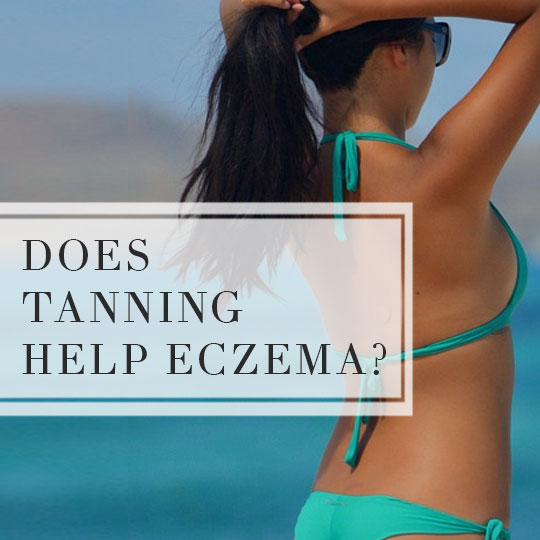
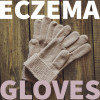
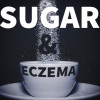

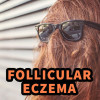


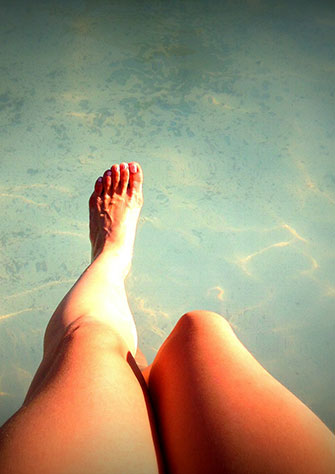
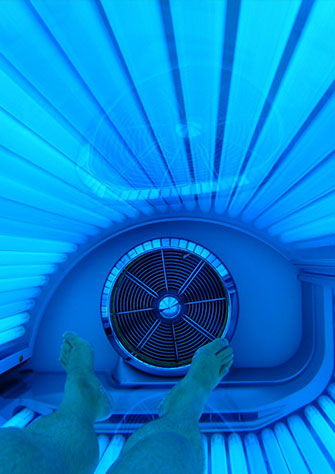

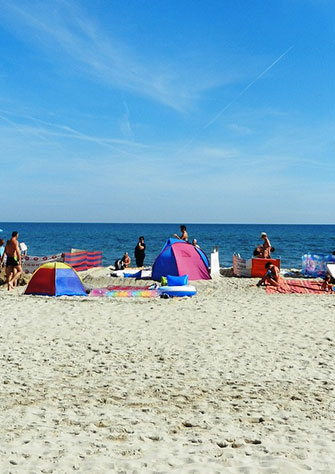
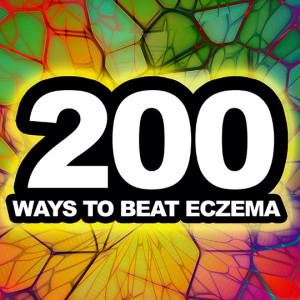
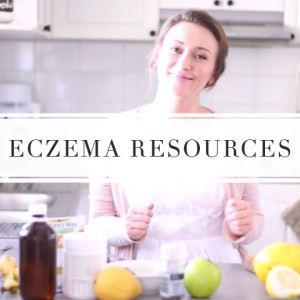
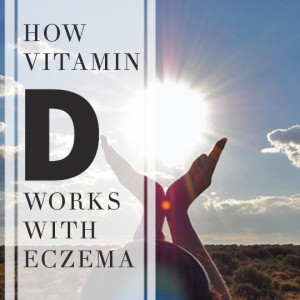

love your informative site!
I found a study on phototherapy! “Reversal of atopic dermatitis with narrow-band UVB phototherapy and biomarkers for therapeutic response.”
http://www.ncbi.nlm.nih.gov/pubmed/21762976
Hi Sophie,
Aw thank you! Really glad you’re finding it informative 🙂
The article is excellent and that particular website is an awesome resource! I just love finding studies that support these experiences people are having.
I know that phototherapy can be really beneficial for many people with eczema, harmful for some and even a mix of both depending on the day! The good thing is that it’s a controlled environment and can be done irregardless of the weather. The downsides are that it can be pricey and there are still risks of cancer and premature skin aging – much like sunlight. Either way, it’s great to have this fantastic option in light of (pun intended) less effective and sometimes dangerous medications.
Mel 🙂
Hello
I’m taking a lot of information about eczema at you site. Thank you.
My child suffers with eczema. We live in Rio/Brazil wich have a huge incidence of UV rays, and I don´t think it can produce any effect on her skin related to eczema. But, when she bath in the sea, this makes difference, because we can actually see that her skin get better.
Sea water seems to be very positive for lots of people around the world. There are a lot of beneficial minerals in the ocean, but also the cleansing effects can go a long way for helping reduce harmful and itch-causing bacteria on the skin. There are lots of advantages to swimming in the ocean which your daughter is benefiting from and I love that it’s so natural and free 🙂
It’s an awesome paragraph in favor of all the online users;
they will obtain advantage from it I am sure.